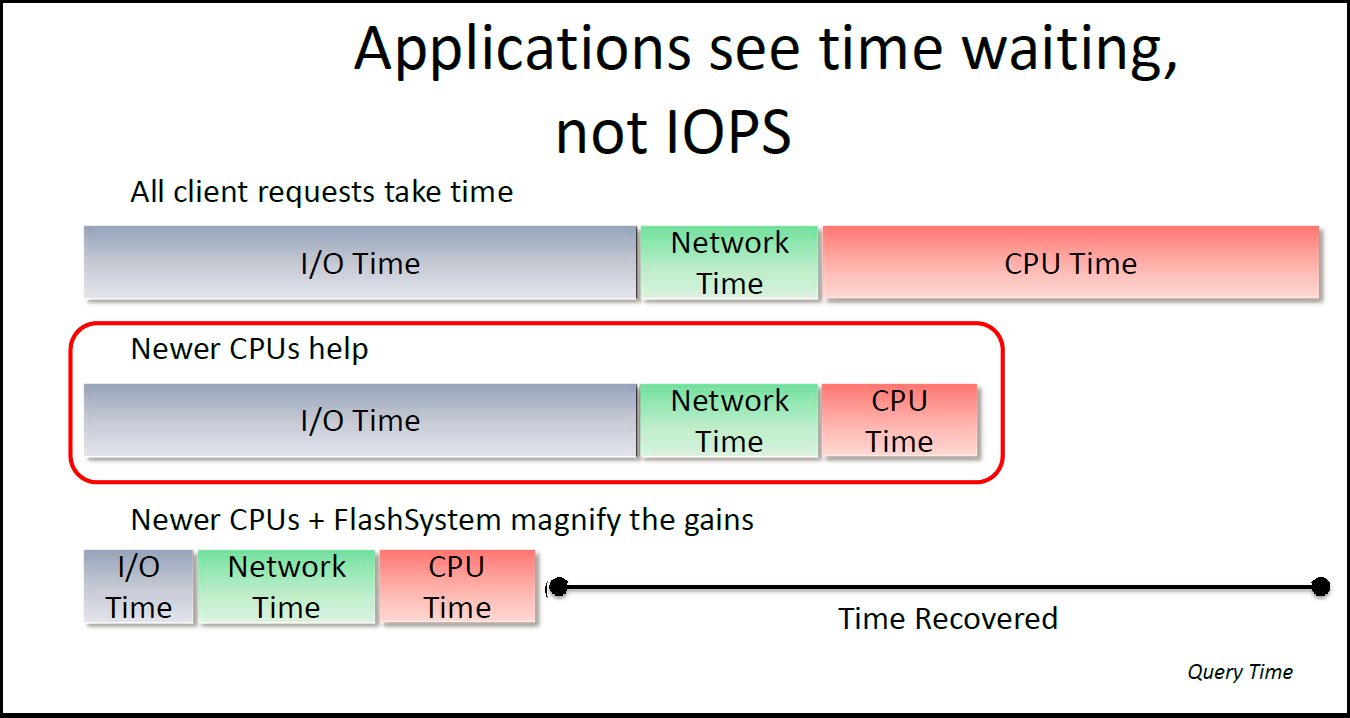About cookies on this site Our websites require some cookies to function properly (required). In addition, other cookies may be used with your consent to analyze site usage, improve the user experience and for advertising. For more information, please review your options. By visiting our website, you agree to our processing of information as described in IBM’sprivacy statement. To provide a smooth navigation, your cookie preferences will be shared across the IBM web domains listed here.
Abstract
This IBM® Redbooks® Solution Guide provides an overview of how to identify storage performance bottlenecks and improve Microsoft SQL Server database performance by using IBM FlashSystem™ storage to accelerate the most resource-intensive data operations.
Changes in the latest update as of 08/22/14:
-Updated to include the latest FlashSystem product functionality
Contents
This IBM® Redbooks® Solution Guide provides an overview of how to identify storage performance bottlenecks and improve Microsoft SQL Server database performance by using IBM® FlashSystem™ storage to accelerate the most resource-intensive data operations.
Fast storage and low latency are vital to maximizing SQL Server performance. Adding servers or processing power often does not improve SQL performance because the system is limited by the speed of data access time. The result is a massive performance gap, often felt most by database servers, which typically carry out more I/O transactions than other systems. Super-fast processors and massive amounts of bandwidth are often wasted as storage devices take several milliseconds to access requested data.
Figure 1 depicts the importance of latency, which applications see as time waiting. Input/output (operations) per second (IOPS), defined as a measure of work versus time, is important, but low latency is key to increased SQL Server performance.

Figure 1. FlashSystem products minimize wait time
Did you know?
Others who read this also read
Special Notices
The material included in this document is in DRAFT form and is provided 'as is' without warranty of any kind. IBM is not responsible for the accuracy or completeness of the material, and may update the document at any time. The final, published document may not include any, or all, of the material included herein. Client assumes all risks associated with Client's use of this document.
